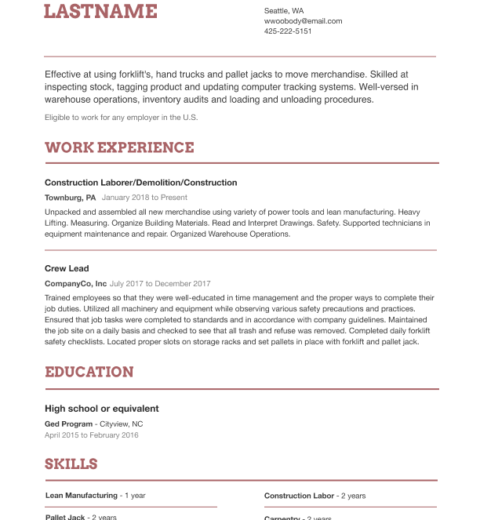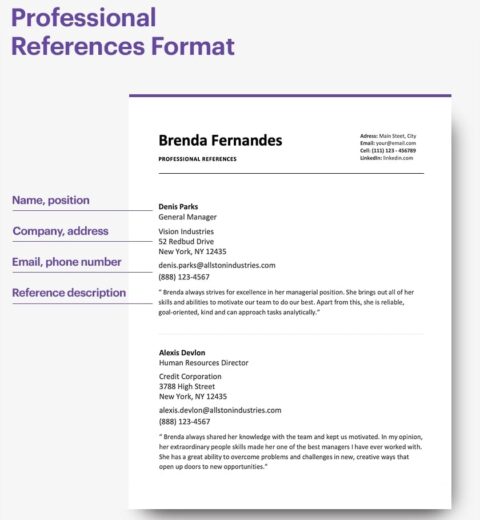Crafting an impactful resume is an art as much as it is a science. One of the pivotal components of a resume is the skills section, which succinctly communicates your competencies to potential employers. But how many skills is it prudent to list on a resume? This question merits scrutiny, as the answer is not merely a numerical value but rather a synthesis of industry demands, job descriptions, and personal qualifications.
At its core, the optimal number of skills hinges on relevance and specificity. The critical objective is to ensure that each skill you include serves a purpose, illuminating your qualifications and enhancing your candidacy. The prevailing consensus among career experts suggests listing between five to ten skills. However, it is imperative to dissect this recommendation further to understand its nuance.
Understanding Skill Categories
Before delving into the specifics of how many skills to list, it is vital to categorize them. Generally, skills can be segmented into two main types: hard skills and soft skills. Hard skills are quantifiable and often acquired through education or training—think programming languages, data analysis, or financial forecasting. Conversely, soft skills—such as communication, leadership, and teamwork—are more abstract and often influence how effectively you perform in a workplace.
Including a balanced mix of both hard and soft skills in your resume paints a comprehensive picture of your capabilities. For instance, if you are applying for a project management role, delineate your proficiency in project planning software (a hard skill), alongside your adeptness in stakeholder communication (a soft skill).
Aligning Skills with Job Descriptions
One of the most efficient means of determining which skills to feature is to meticulously analyze job descriptions pertinent to the roles you are pursuing. Employers often articulate the specific competencies they deem critical for a position. By tailoring your skill set accordingly, you not only demonstrate your alignment with the job requirements but also your attentiveness to detail and proactive nature.
This process involves pinpointing keywords that frequently recur within multiple postings for similar roles. Create a list of these keywords and cross-reference them with your existing skills. Aim to incorporate these relevant terms directly into your resume, adjusting your phrasing as needed to maintain authenticity.
Quality Over Quantity
While it may be tempting to saturate your resume with an extensive array of skills, this approach can backfire. Employers sift through numerous applications daily and often use Applicant Tracking Systems (ATS) to filter candidates. If your skills section is brimming with irrelevant or exaggerated claims, it may obscure the pertinent qualifications, leading to missed opportunities.
Instead, prioritize clarity and authenticity. Each skill listed should be one you can substantiate with experience or examples. A resume inundated with buzzwords without accompanying evidence can elicit skepticism from hiring managers. Therefore, choose judiciously—list skills that reflect your true professional identity and are demonstrative of your potential value to an organization.
Customizing Your Skills Section
A one-size-fits-all mentality is a misstep in the resume-writing process. As you proceed to edit your skills section, tailor it to align with the distinct nature of each job application. For instance, if you are applying for roles in the tech industry, emphasize skills related to programming and systems analysis. Conversely, if venturing into the realm of marketing, shine a light on your abilities in content creation and campaign management.
Each time you customize your resume, consider rearranging the order of your skills based on their pertinence to the job. Place the most relevant skills at the top of the section, ensuring they capture the reviewer’s attention immediately. This strategic placement reinforces your qualifications and presents you as a highly suitable candidate.
Continuous Learning and Skill Development
The labor market is an ever-evolving landscape, demanding that professionals continuously enhance their skills. Engaging in lifelong learning not only enriches your capabilities but also provides you with fresh content for your resume. Attend workshops, pursue certifications, and remain abreast of industry trends to augment your skill set.
Moreover, as you acquire new skills, remember to re-evaluate your existing list. Remove outdated or less relevant entries to maintain a crisp and focused presentation. Such diligence showcases your commitment to personal and professional growth—qualities that are invariably attractive to employers.
Conclusion: The Skillful Balance
In the final analysis, listing skills on your resume is a sophisticated balance of quantity and quality. The recommended number of five to ten relevant skills serves as a guiding principle, but the real essence lies in how these skills articulate your professional narrative. By aligning them with job descriptions, emphasizing a mix of hard and soft skills, and keeping the information relevant and updated, you craft a compelling case for your candidacy.
Ultimately, a thoughtfully devised skills section distinguishes you from a sea of applicants, showcasing not just what you can do, but also who you are as a professional. Strive for clarity, authenticity, and relevance in your skill presentation, and you will markedly enhance your chances of capturing the attention—and interest—of recruiters.




